Info & Images: Courtesy Ar. Vignesh Kaushik
Read Time: 3 mins
With a marked spate in
iconic architecture and organic built forms that hold us in awe, IAnD talks to
Vignesh Kaushik, Architect & Computational Designer of WOWAD to understand
the basics of computational design.
“Parametric design introduces
a shift in the mindset of the designer from producing a single state design to exploring
a family of possible outcomes,” informs Ar. Vignesh Kaushik. To put it in
simple words – “It is a strategic modelling process used to generate building
geometry based on a set of rules or inter-related parameters. By varying any parameter in the model, the entire model is regenerated
automatically in much the same way that an excel spreadsheet automatically
recalculates any numerical changes.”
Intrigued by this
simplification that technical jargon only tends to complicate, IAnD delves
deeper into the subject. Excerpts from the conversation:
IAnD:
Is parametric design
purely cosmetic? How does it benefit the end user?
VK: Often mistaken as an emerging
architectural style rather than a method or process, parametric design is
ascribed a false, skin-deep character that is believed to generate sculptural form
at best.
But then, whenever a new
technology is introduced, there is this period of awkward discovery, where designers
tend to push the technology to its limit just to see, what it can do. This
creates a body of work that may appear irrelevant and cosmetic. Gradually, the
work matures and a more pragmatic attitude towards the technology develops.
With parametric design,
such pragmatism is already being witnessed in work that is driven by
sustainable design strategies that benefits the end user directly: Parametric
design process allows for integration with performance analysis tools (solar
gain, glare, daylight, wind flow, vantage views etc.) and provides a rapid
feedback loop between building geometry and measurable performance data. This
helps architects quickly evaluate multiple options and make an informed design
decision, using performance as a guiding tool.
IAnD:
Is geometric complexity
the main reason to choose a parametric design process? Can it be used for
creating everyday objects?
VK: The overarching idea behind creating a
parametric model is exploration of building form regardless of geometric
complexity. But for complex geometry, a parametric model is absolutely necessary
since it will save enormous time and effort down the line in the design
process.
You can apply parametric
thinking to design any object that you see around you, as long as you are able
to identify the relationship among the various elements of that object. For
eg., you can define the shape of a water bottle as a revolution of a sectional
curve interpolated through five points. By varying the value of any of the five
point parameters, new design variants are generated.
The complexity of a
parametric model is not in its geometry but in its relationship constraints. In
this case, what would be complex (and interesting) is to create a relationship
constraint between the five points such that it produces bottle variants of a
fixed volume only, say 1 litre of water. Such constraints help designers
eliminate undesirable design variants.
IAnD:
What software and tools
do you use in the parametric design process?
VK: The most widely used parametric design
tool by architects is Grasshopper (Gh), which is a plugin to 3-D modeling
software called Rhinoceros. It has become the preferred platform
because it has an
easy-to-use GUI, requires low level of technical knowledge on programming languages and has a huge
collection of additional plug-ins for design simulation and analysis. Another tool that is quite
useful is a plugin called Dynamo that connects parametric models to Revit BIM.
However, both Grasshopper
& Dynamo doesn't necessarily scale well for certain real life design problems.
So I am increasingly adopting a much more powerful tool called SideFX Houdini, advanced
Visual Dataflow Modelling software used in the VFX/Animation industry. This
tool is capable of producing highly complex parametric procedures in really
short time span.
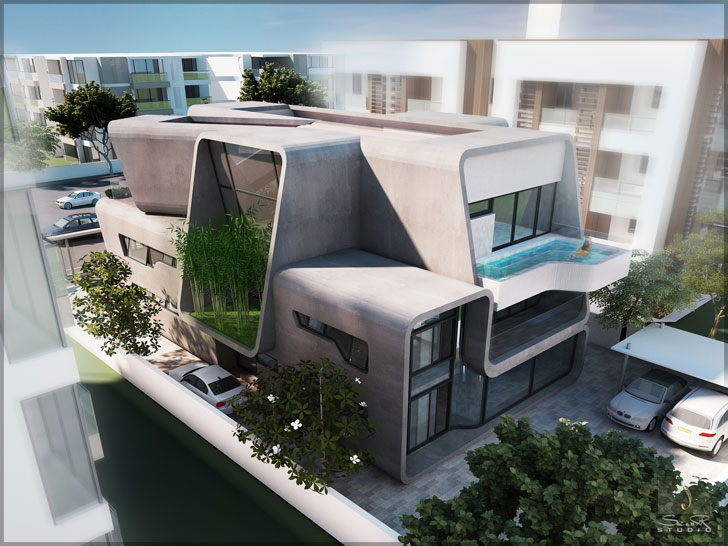 |
| Parametric design applied to a residential bungalow |
 |
| Parametric design applied to a single element of design |
IAnD:
How do architects/designers,
who do not have the expertise with such tools, implement parametric ideas in
their design process?
VK: Among the many specialist roles that support
the architect, and one that is proving effective in the AEC industry is that of
a computational design consultant, who can be brought in during different
stages of the design process. His primary focus is to iteratively develop,
evaluate and share geometric information with other members of the design team
to ensure that multiple design variants are explored and the best options are developed
further at all stages of the project, thereby allowing a high level of
resolution of the design problem. In
short, he is responsible for creating computational procedures that drive
‘Design Optioneering’.
Vignesh Kaushik is an architect focusing on the use of
computational design to generate architectural concepts. He also curates a
weekly newsletter called Thank God It's Computational (TGIC), where
he shares the top content at the intersection of Design, Computation and
Technology.

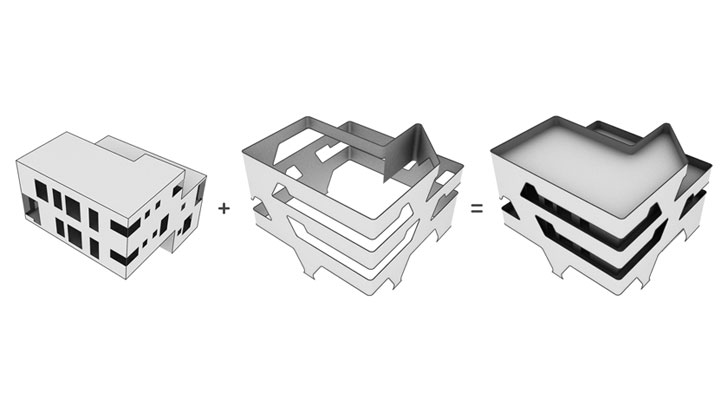
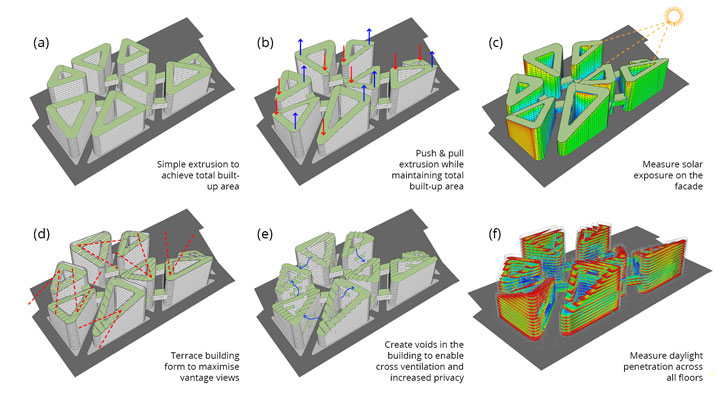
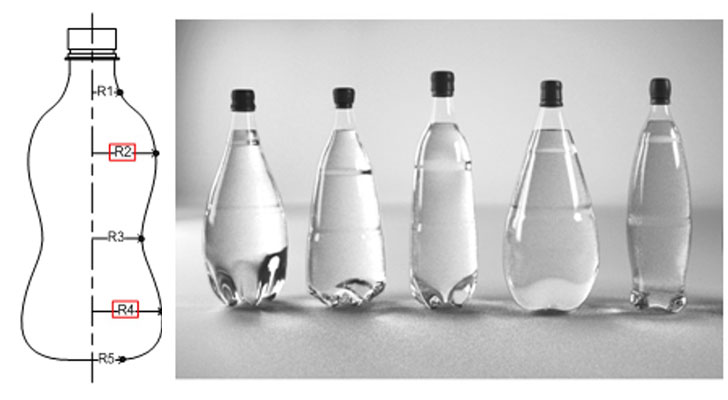
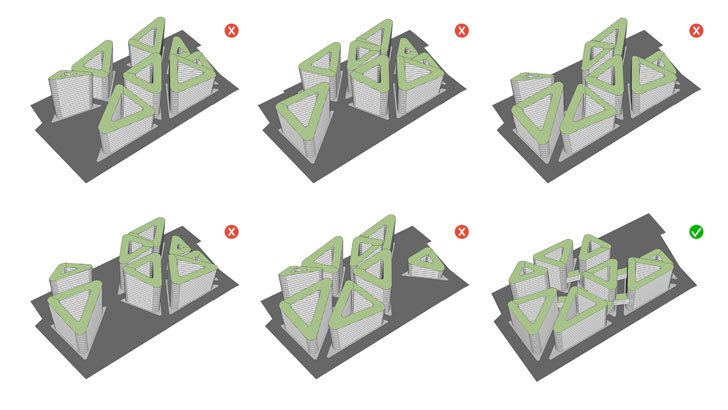

No comments :
Post a Comment